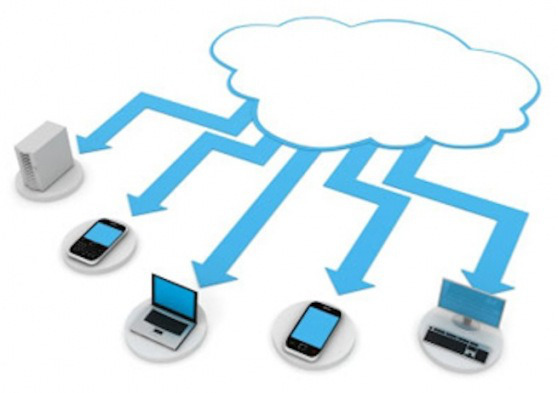Service continuity for OTT services and broadcast services has been more important since the Covid-19 global crisis. Video streaming services are increasingly in demand for consumers.
A video streaming service can be very demanding when there are many viewers simultaneously. This can reduce consumer throughput and result in stream interruptions or even complete loss of service. This is a problem because viewers and advertisers today expect streaming to be seamless.
Broadcasters and OTT service providers struggle to manage facilities while not being present on-site. The inability to have vendors come on-site to repair or upgrade systems, and the strain on supply chains for making and distributing parts, adds to the problem. Many broadcasters and OTT service providers are now looking at the cloud as a reliable, flexible option for service continuity. Broadcasters and streaming service providers can keep their video channels up to 100% cost-effectively and efficiently by using a cloud-based solution.
Cloud service continuity— what you need to know—
Service continuity can be defined as the assurance that subscribers have access to your video at all times. This is a prerequisite for broadcast and video streaming, particularly for live content. Traditional methods of ensuring service continuity include replicating the entire video infrastructure using second set hardware. Cloud service continuity is a flexible and modern alternative to this approach.
Cloud-based continuity solutions can be used for event security or to provide backups 24/7 on-premises. This model can be used on one or more channels for a short time, for weeks or months. You can also use the cloud to create a complete infrastructure so that the redundant version of your service is only activated when necessary.
How is this solution beneficial?
Broadcasters and service providers can use the cloud to ensure service continuity. In other words, cloud-based TV broadcasting and streaming services will be able to achieve the same high availability and flexibility as traditional hardware solutions while also achieving greater efficiency, flexibility, and cost savings. Cloud recovery services are a pay-per-use model that eliminates the need for an on-site replica of the original on-air system. Cloud services also eliminate the ongoing costs of maintaining a hardware infrastructure, such as power, space, and human resources.
The cloud can also be used for service continuity testing, including new channels, premium channels, and pop-up channels. It also offers fast scaling. This means that the backup infrastructure can be dynamically scaled to meet changing needs.
The most important features to look for—
Cloud-based service continuity offers clear benefits, but not all cloud services offer the same benefits. To ensure reliability and smart video delivery, broadcasters and service providers need to be aware of the key features that cloud-based services must-have. One capability that will guarantee that video recovery resources are activated efficiently and quickly in the event of a service interruption is committed activation time.
Cloud service continuity must be reliable. By performing regular tests (also known as fire drills), broadcasters and service providers can ensure unsurpassed uptime. The cloud-based service continuity solution is flexible enough to meet changing requirements. This is a significant advantage over traditional hardware infrastructure, which can be costly and time-consuming. The cloud solution offers greater security and protection. Some services can be run continuously alongside their on-premises counterparts.
Cloud service continuity solutions should be able to support diverse features, such as live streaming, scheduled playouts, transcoding, and encryption, statmux, and packaging and origin.
Now, you know that Cloud broadcast delivery is the order of the day. So, if you are in the content delivery business, then you can benefit from this technology immensely. So, why wait? Get going!








